However, in Japan, things are very different. With long-standing traditions and customs, Oshogatsu (New Year) is considered one of the most important holidays of the year. Japanese people spend this time to honor family, roots and deep spiritual values, instead of simply fireworks festivals or parties. Let's explore Oshogatsu Festival - Japan's unique traditional New Year with Vietravel !
1. A few features of the Oshogatsu festival
Oshogatsu is the traditional New Year's Day of Japan (Photo source: Collected)
January in Japan is called "Oshogatsu", which means "First Moon", symbolizing the first month of the new year. In Japanese culture, the traditional New Year, also known as "Oshogatsu", originated from the custom of welcoming Toshigamisama - the god of the new year. Toshigamisama is a symbol of health, luck and prosperity. Traditionally, Japanese people believe that this god will bring blessings and prosperity to their families throughout the new year, so they perform many rituals to pay their respects and welcome Toshigamisama.
In the past, Japan also celebrated the New Year according to the lunar calendar like many other countries in the Asian region. At that time, the word "Oshogatsu" was used to refer to activities and festivals to celebrate the New Year according to the lunar calendar. However, after Japan switched to using the solar calendar in 1873, Oshogatsu was also moved to the first day of January of the solar calendar. This New Year's Day has become one of the most important traditional festivals of the year, when everyone in the family, whether far or near, tries to gather to welcome the New Year together. They hold worship ceremonies, offer traditional foods and pray for a peaceful and prosperous new year.
2. Activities in the Oshogatsu festival
2.1. Prepare for the end of the year
Everyone will clean up together at the end of the year (Photo source: Collected)
On January 1, it is believed that each household will be visited by the god Toshigami. Toshigami is the god who brings good luck for the new year. To prepare for the Oshogatsu festival, the Japanese have a whole list of tasks to complete.
The first task is a general cleaning, called “osoji.” Starting on December 13, people begin a thorough cleaning of their homes, workplaces, schools, and neighborhoods. They scrub floors, dust shelves, and clear away unnecessary items, leaving the space completely clean. This custom stems from a purification ritual, symbolizing the cleansing of not only the home but also the mind and soul, showing respect to the gods of the new year.
Once the cleaning is complete, people turn their attention to those around them. "Nengajo" are New Year's greeting cards sent to relatives, friends, co-workers, and other acquaintances to thank them for their help during the past year and wish them well for the new year.
2.2. Decorate your home to welcome good luck
Japanese people decorate their houses at the end of the year (Photo source: Collected)
As the last day of the year approaches, people start decorating with “oshogatsu kazari.” Made from bamboo, pine, and straw, these decorations are hung on the front door of homes or placed at the entrances of shops to welcome Toshigami and ward off evil spirits. Inside homes, people display “kagami mochi,” a two-tiered round rice cake topped with a mikan orange or mandarin orange, along with decorations representing the upcoming year’s zodiac sign — for 2025, the zodiac sign is the snake.
December 31 is called Omisoka. By this time, all the preparations for the Oshogatsu Festival are complete and people can finally relax and spend time with their families. Traditionally, people eat "toshikoshi soba", a special buckwheat noodle dish with long noodles that symbolize long life, strength and endurance.
Just before the clock strikes midnight, Buddhist temples perform a ritual of ringing their bells 108 times. This custom, known as “joyanokane,” purifies the 108 worldly desires that may have accumulated over the past year and marks the official start of the new year.
2.3. Welcome the first day of the new year
The "hatsuhinode" ritual witnesses the first sunrise of the year (Photo source: Collected)
In Japanese, people say “akemashite omedetogozaimasu” to wish each other a happy new year. The first day of the year usually begins with the Oshogatsu festival with the “hatsuhinode” ritual, which sees the first sunrise of the year. The Japanese believe this is the moment when the god Toshigami appears. In Tokyo, people flock to observatories like Tokyo Tower or climb mountains like Mount Takao to watch the sunrise.
From January 1 to 3, people participate in “hatsumode”, the first shrine visit of the year, an important part of the Oshogatsu festival. This is a big event and famous shrines such as Meiji Jingu attract millions of people over these three days, who come to pray for health, happiness and prosperity. At the shrine, people often buy New Year’s lucky charms such as daruma dolls and hamaya arrows, and enjoy a warm sweet drink called amazake.
2.4. Enjoy time with family
Colorful osechi ryori boxes (Image source: Collected)
After hatsumode, families return home to enjoy osechi ryori, a beautifully presented box of food containing various dishes, each with its own significance during the Oshogatsu festival. For example, kuromame (sweet black beans) symbolizes good health, while kamaboko (fish cakes) symbolize purity.
Children during the Oshogatsu festival receive otoshidama, envelopes filled with lucky money. They also fly traditional kites called takoage and play the traditional card game karuta. During the New Year holidays, many people also enjoy shopping for fukubukuro, mysterious gift bags filled with goods sold at special discounts.
The Oshogatsu festival gradually comes to an end around January 4, as people return to their normal lives with a sense of refreshment and eagerness to set new goals for the next 12 months. Hopefully 2025 will be better than 2024.
The sound of temple bells ringing in the chilly air signals the arrival of a new year. The Oshogatsu Festival, a traditional Japanese festival, is like a sprawling ink painting, with delicate touches of color and flavor. Every moment of the festival is a poem, every smile is a blooming cherry blossom, bringing hope and luck for the new year. Come to Japan and welcome a lucky new year!
Source: https://www.vietravel.com/vn/am-thuc-kham-pha/le-hoi-oshogatsu-v15732.aspx


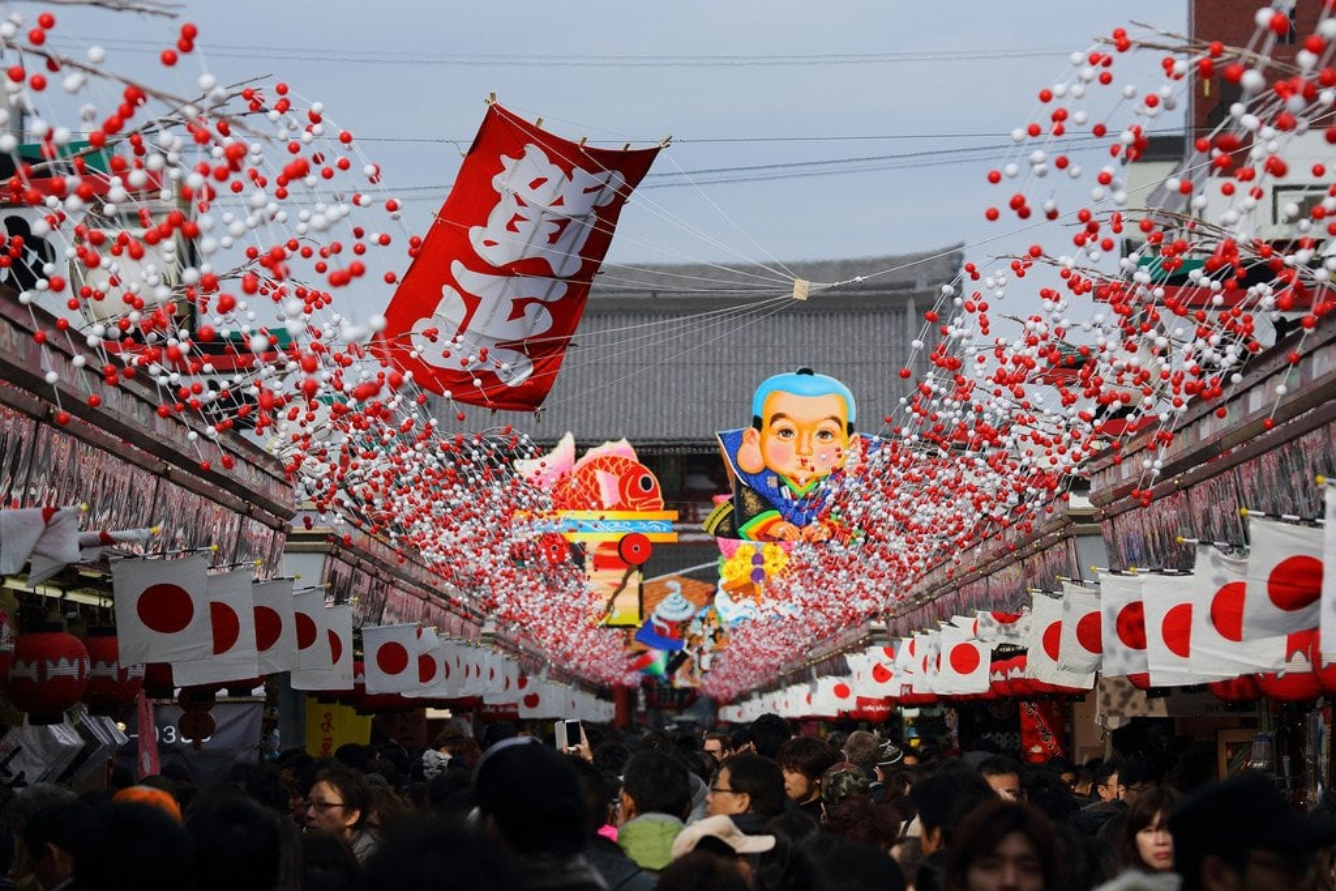
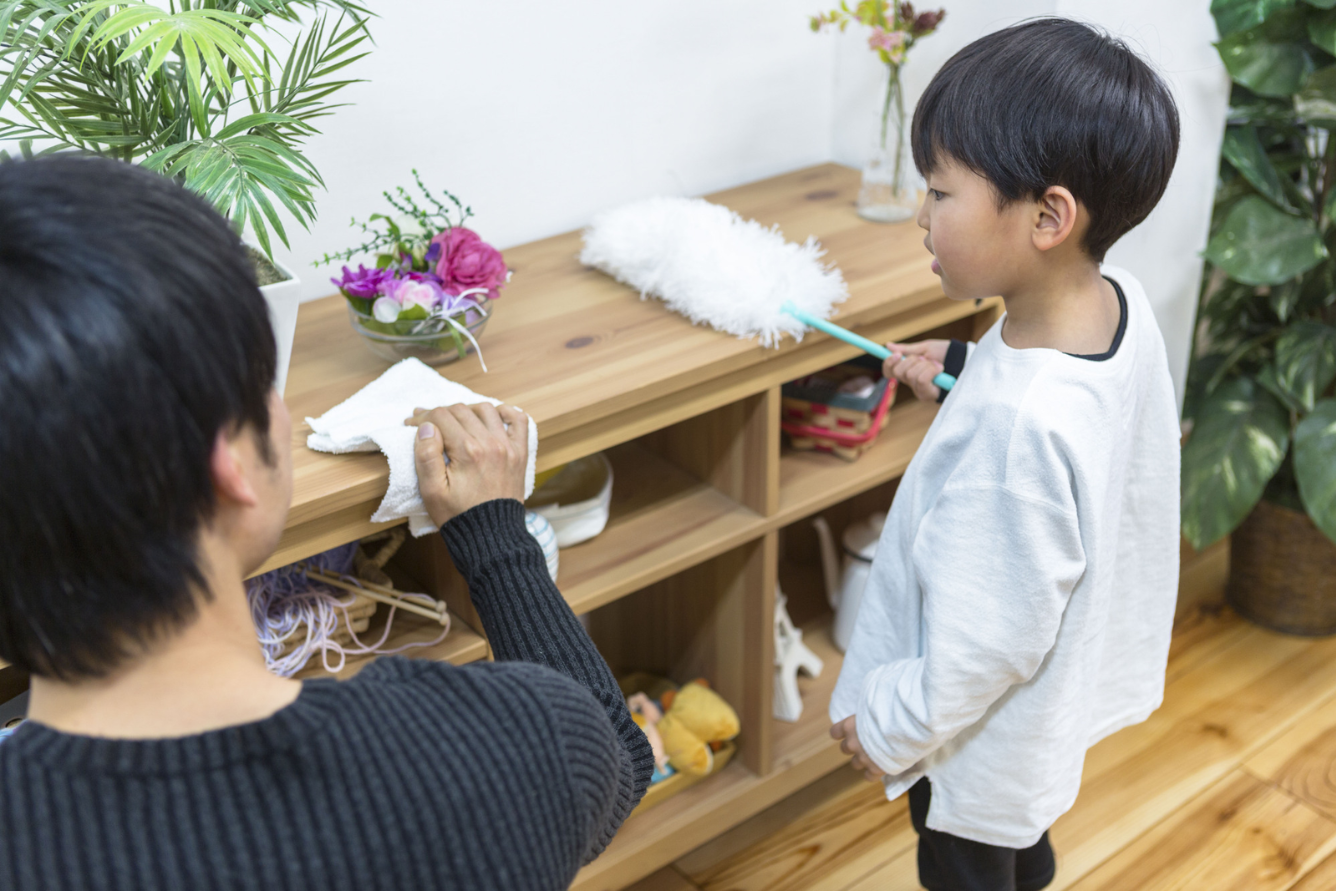
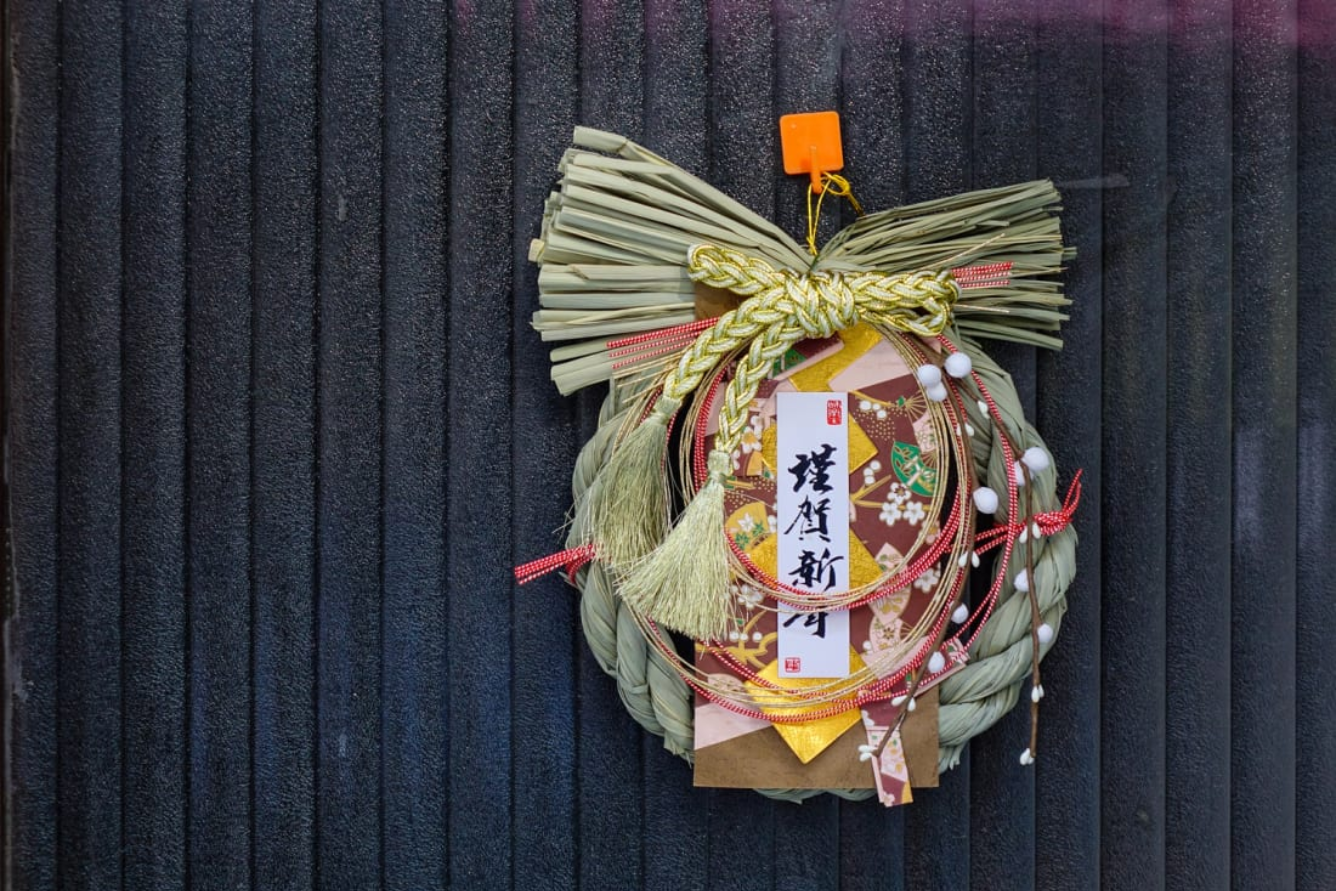
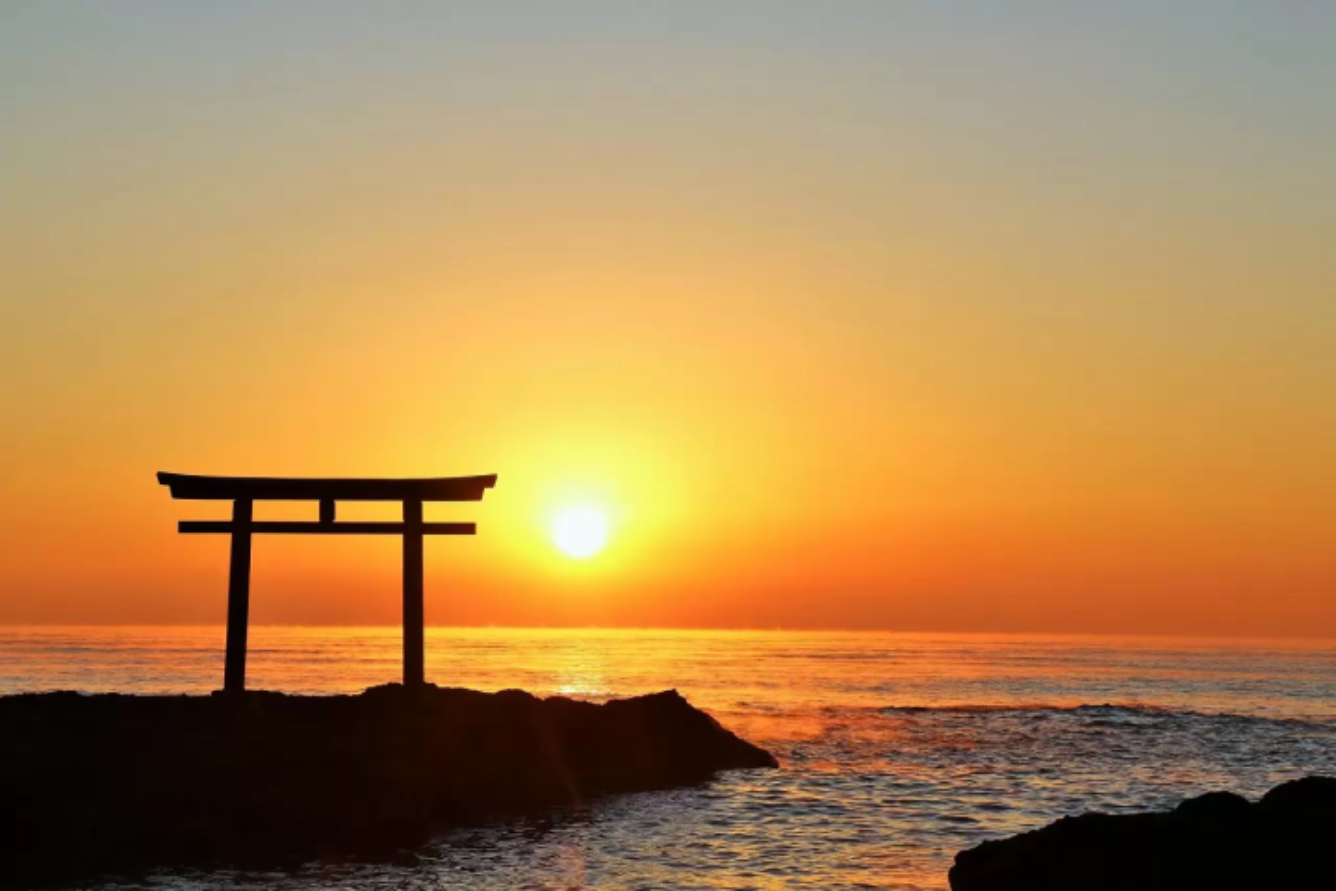
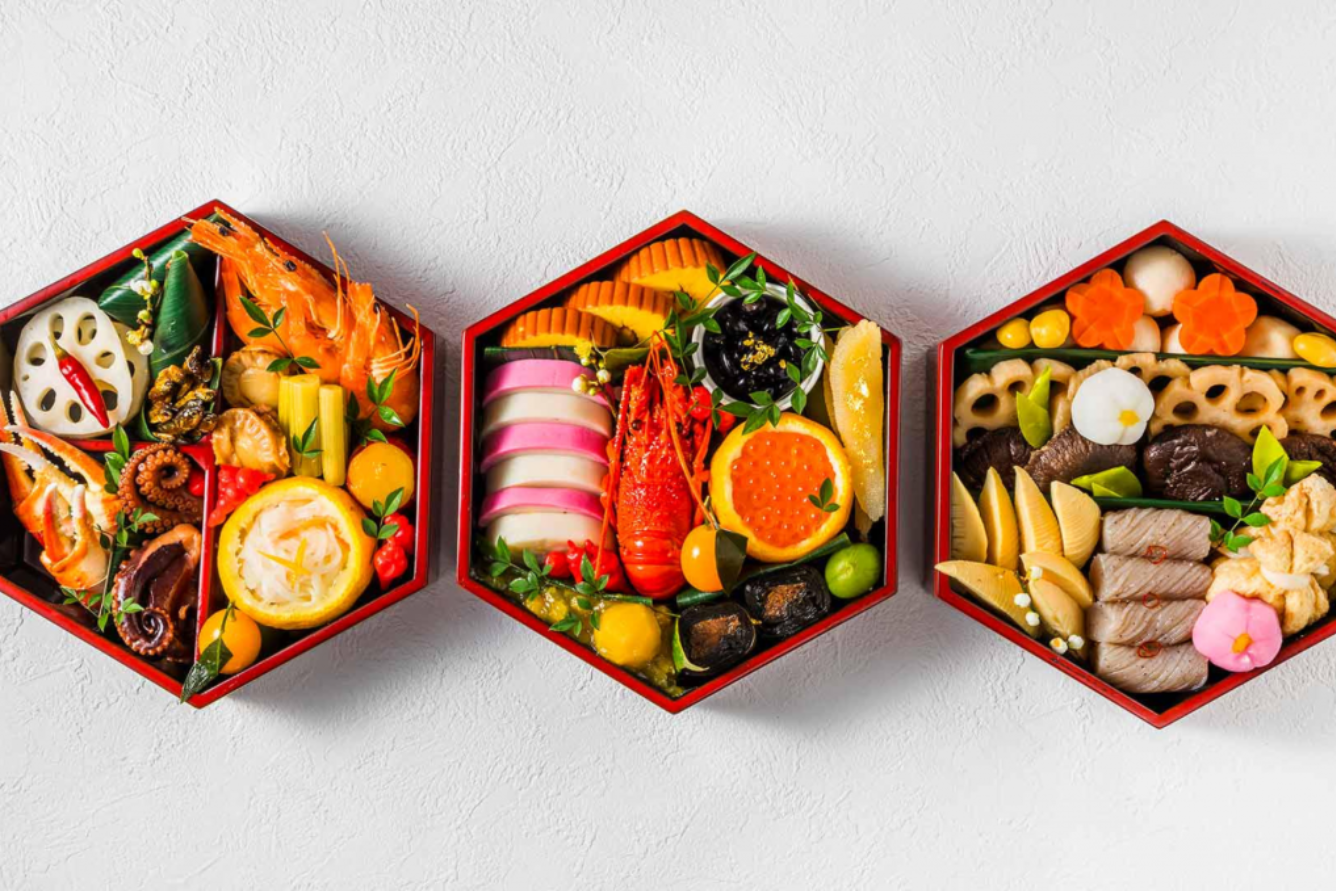
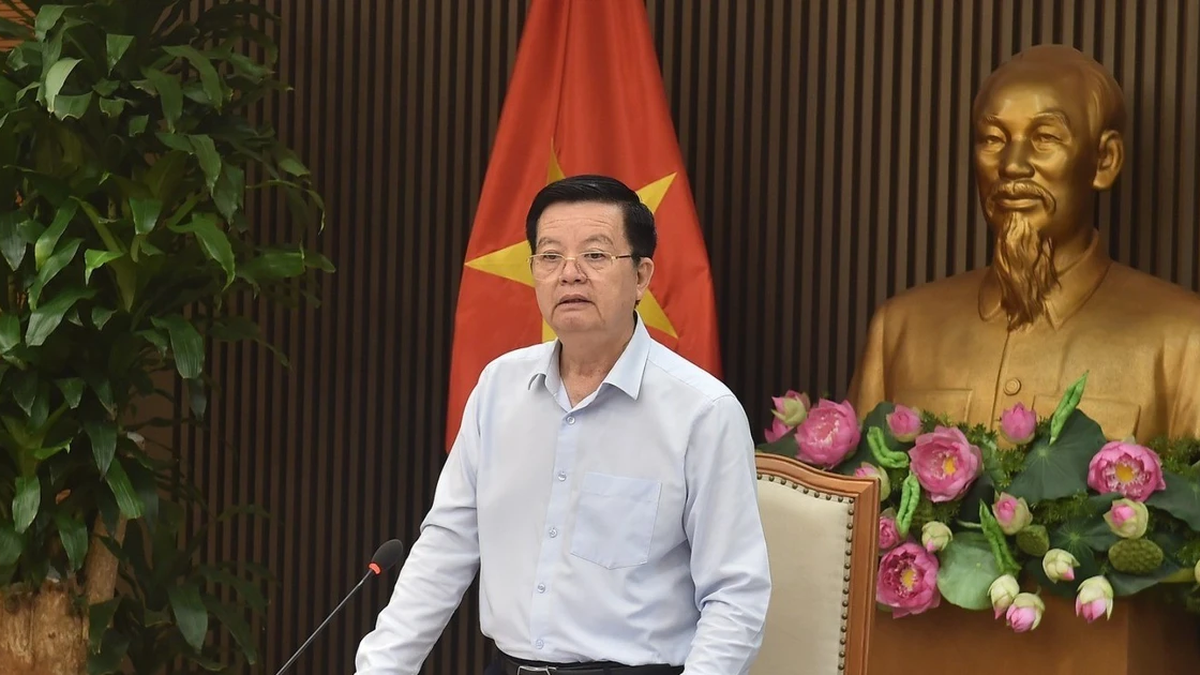
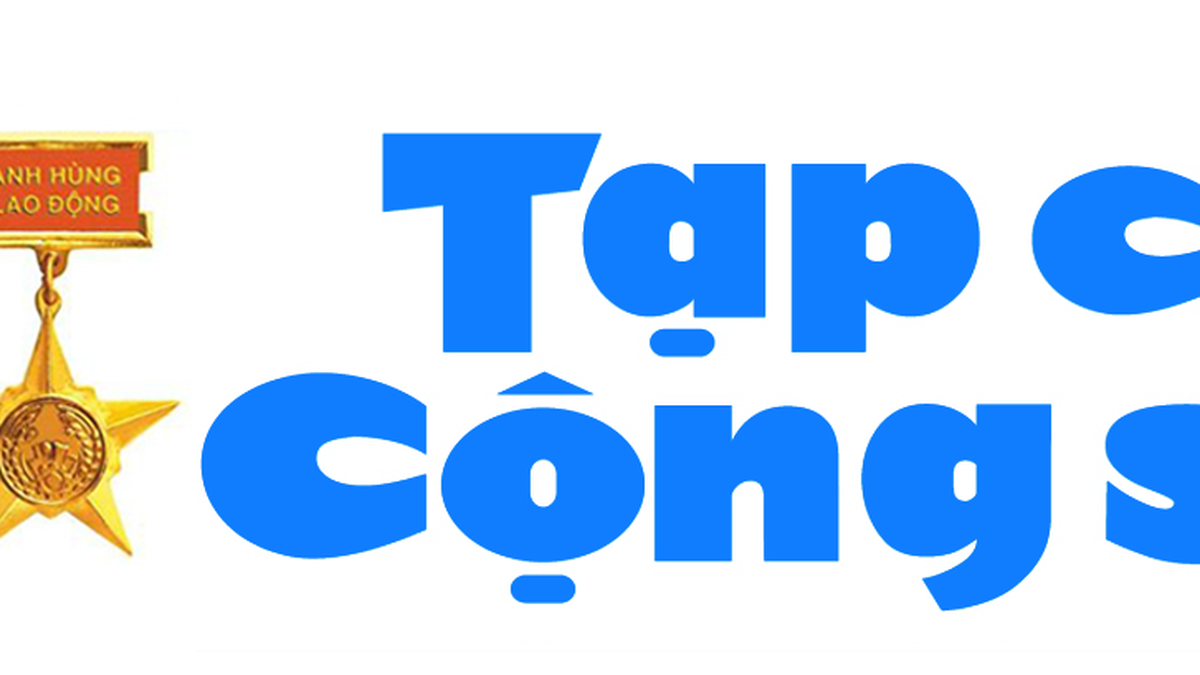
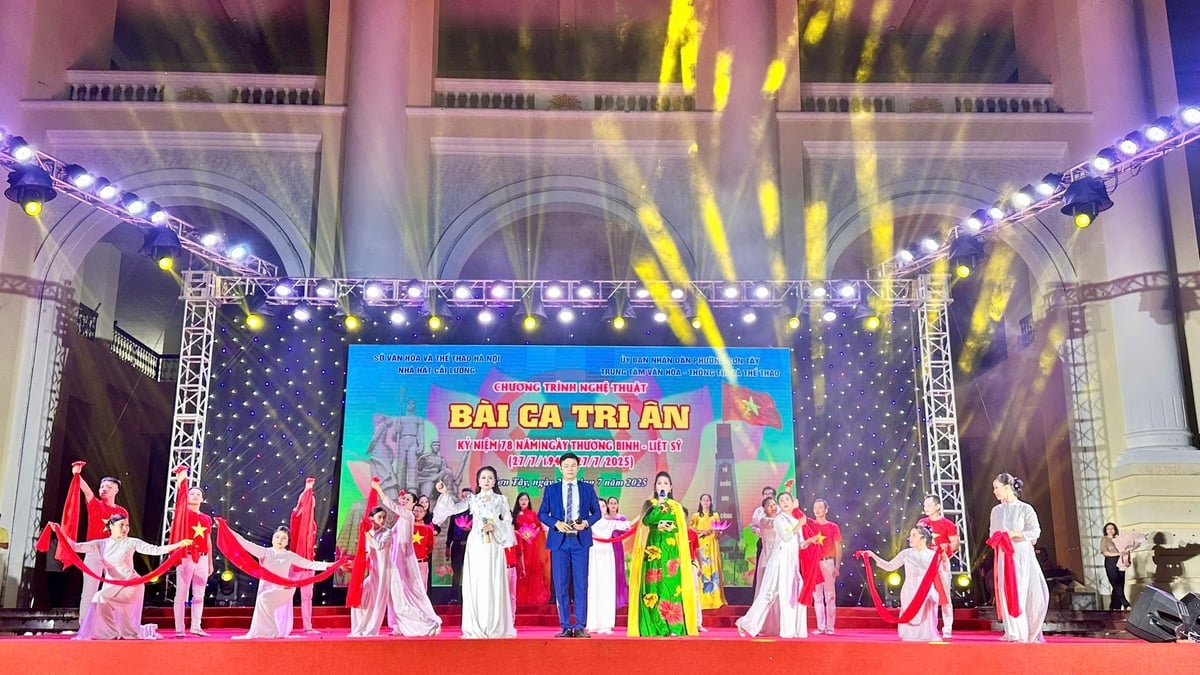















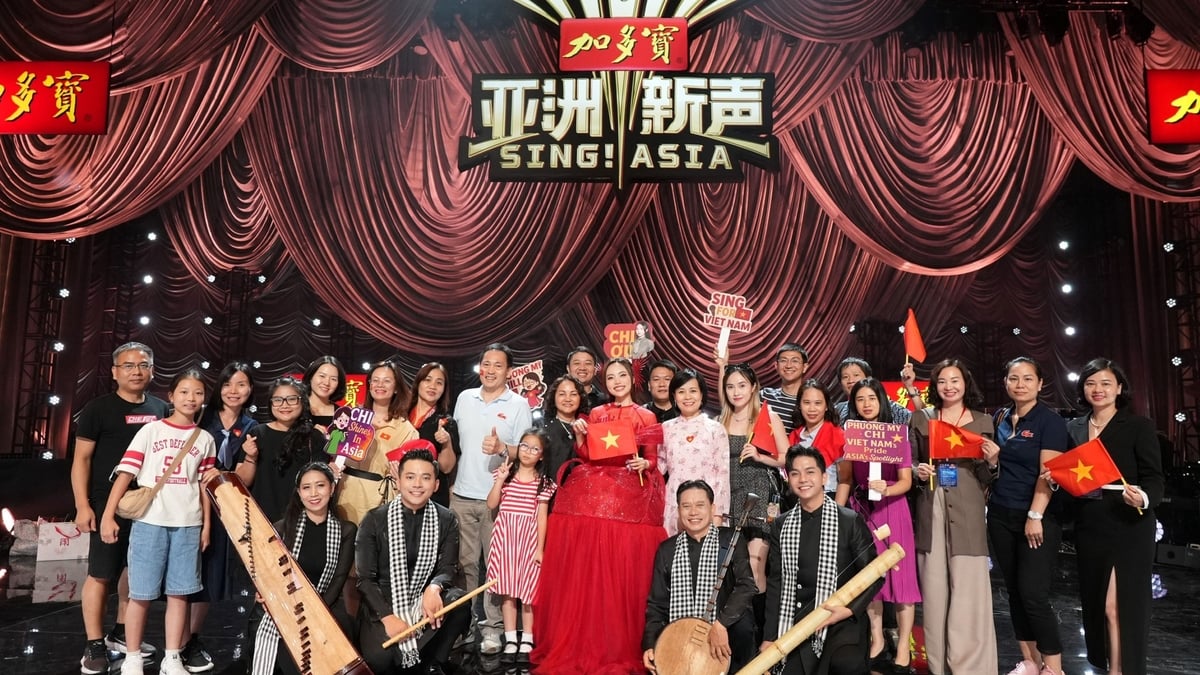
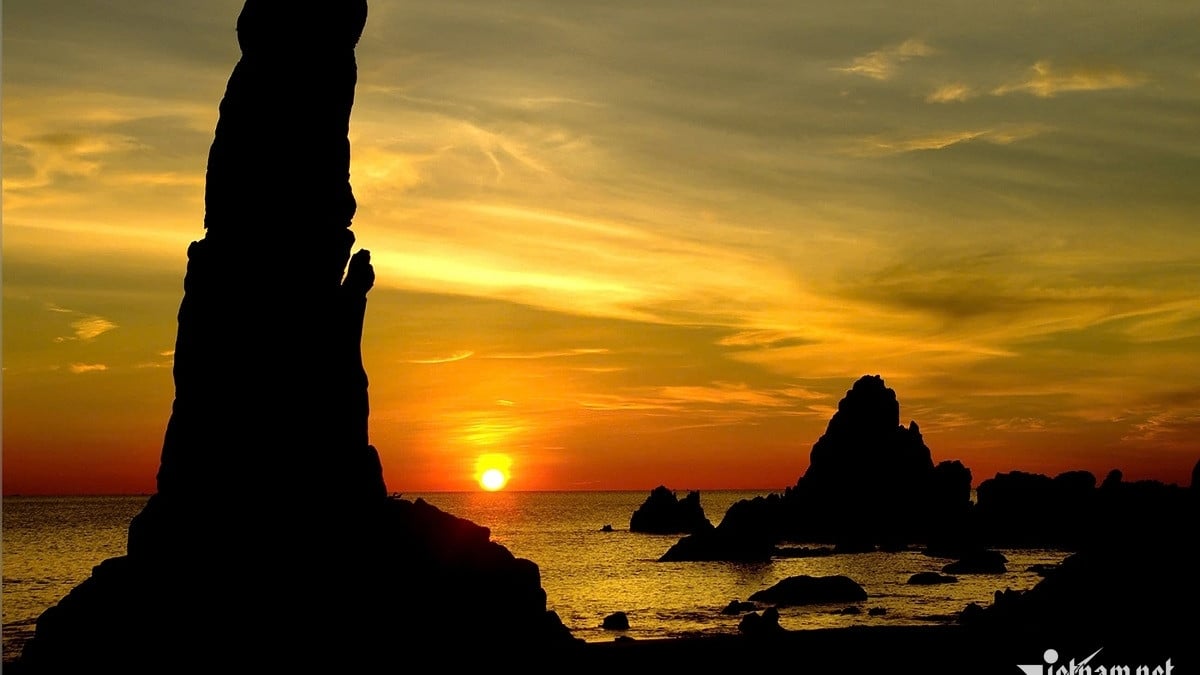

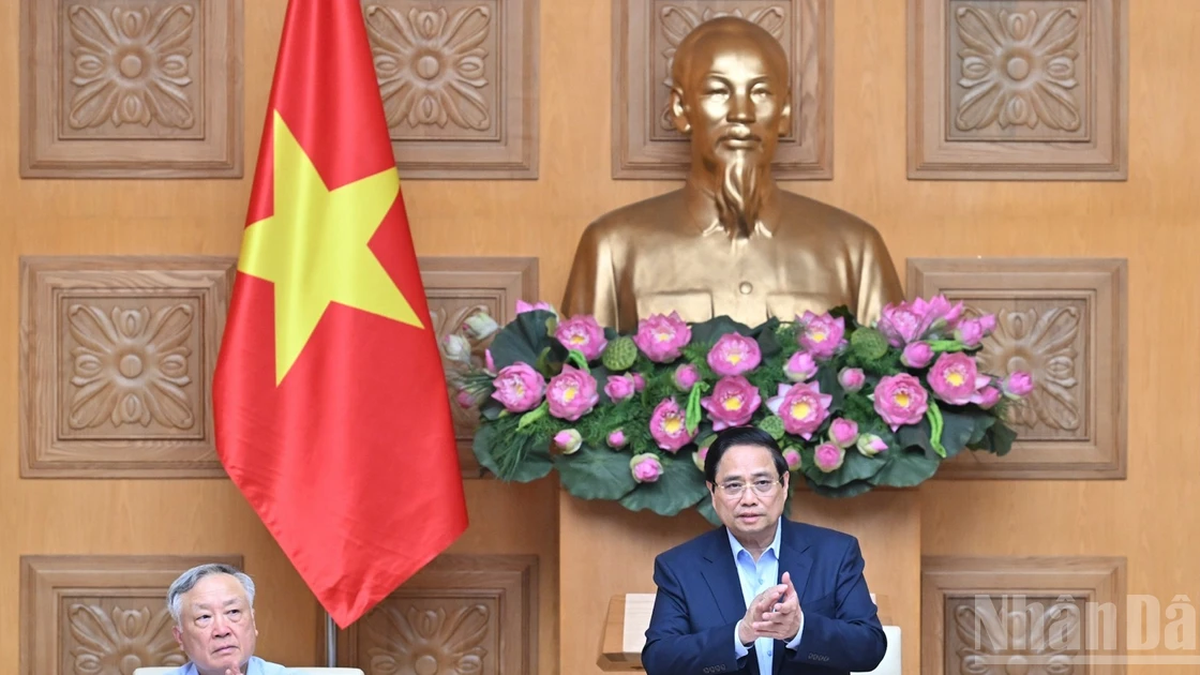

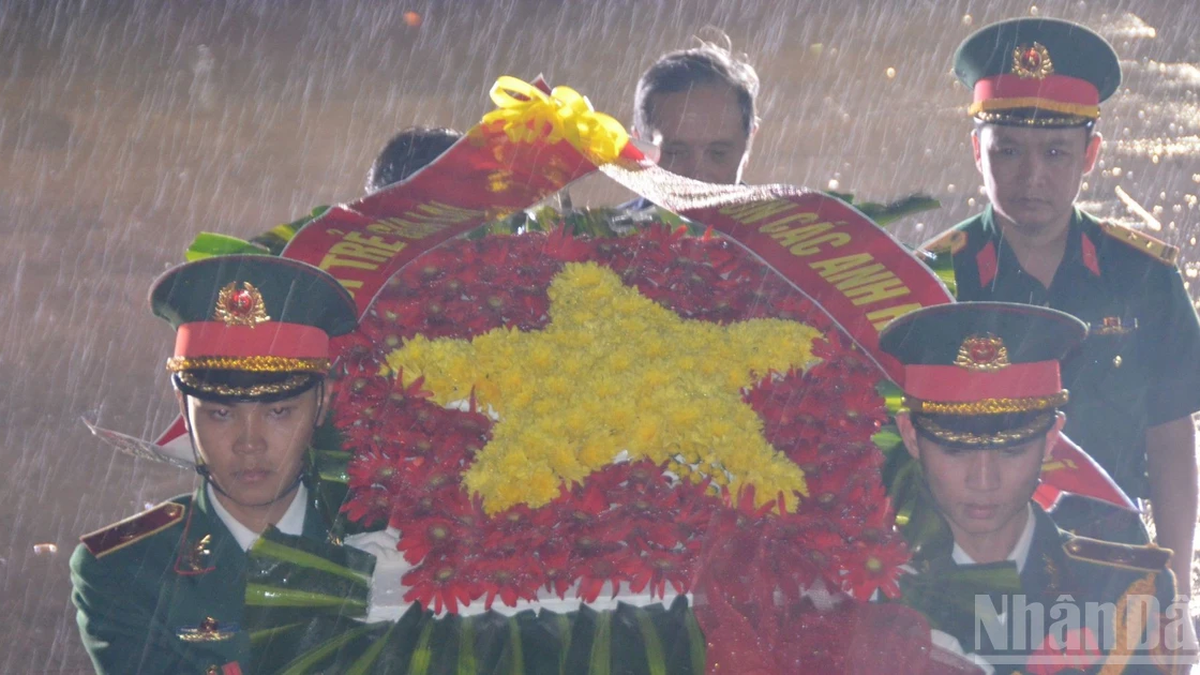

![[Photo] National Assembly Chairman attends the seminar "Building and operating an international financial center and recommendations for Vietnam"](https://vphoto.vietnam.vn/thumb/1200x675/vietnam/resource/IMAGE/2025/7/28/76393436936e457db31ec84433289f72)

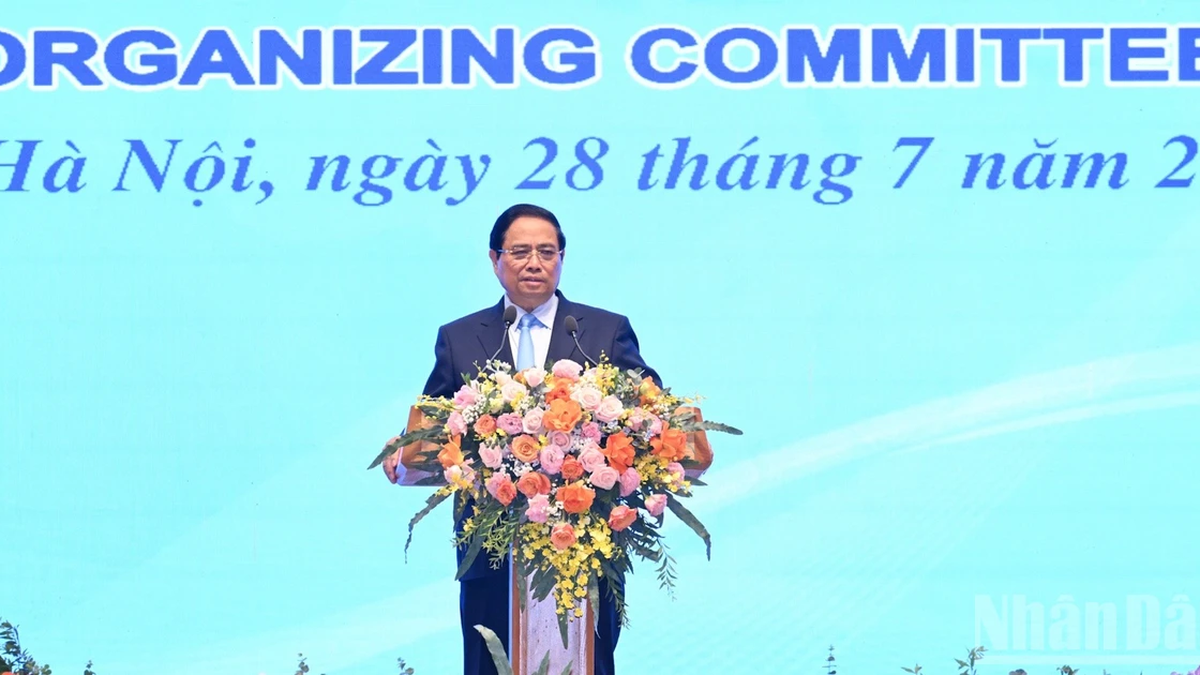
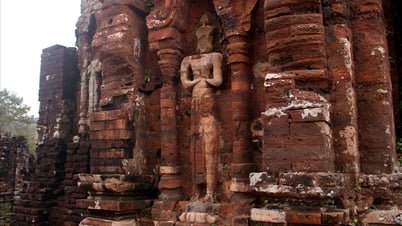

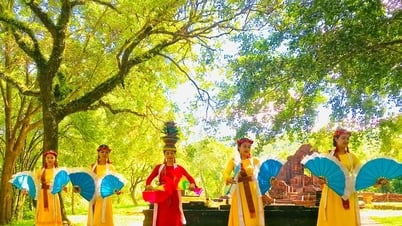

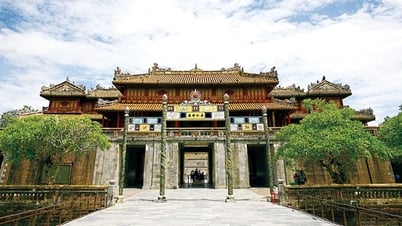

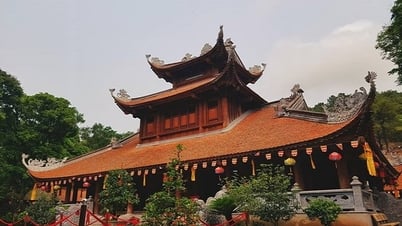



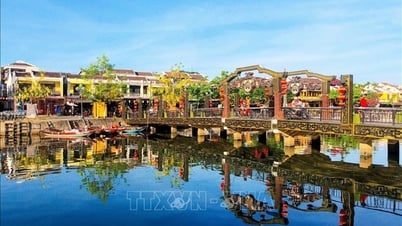



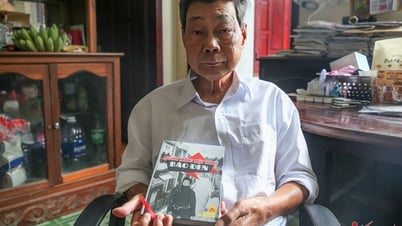



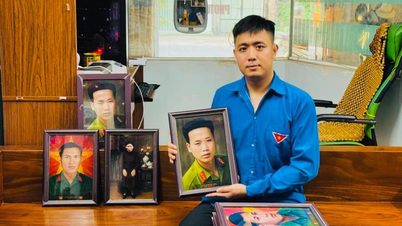














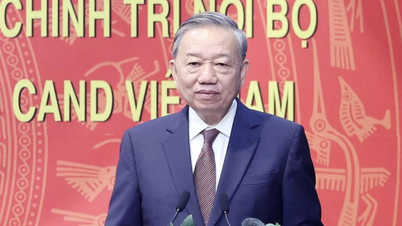



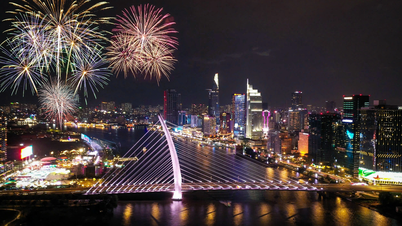
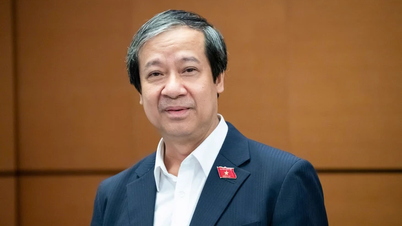



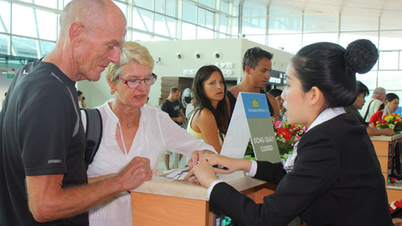
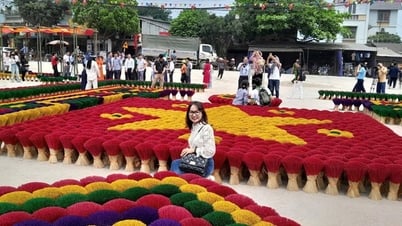
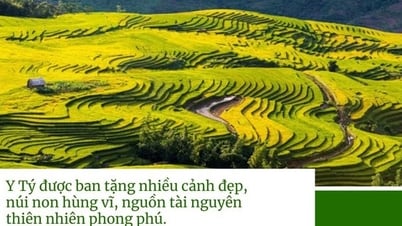












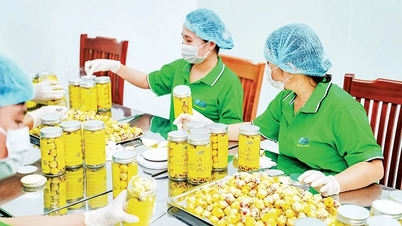







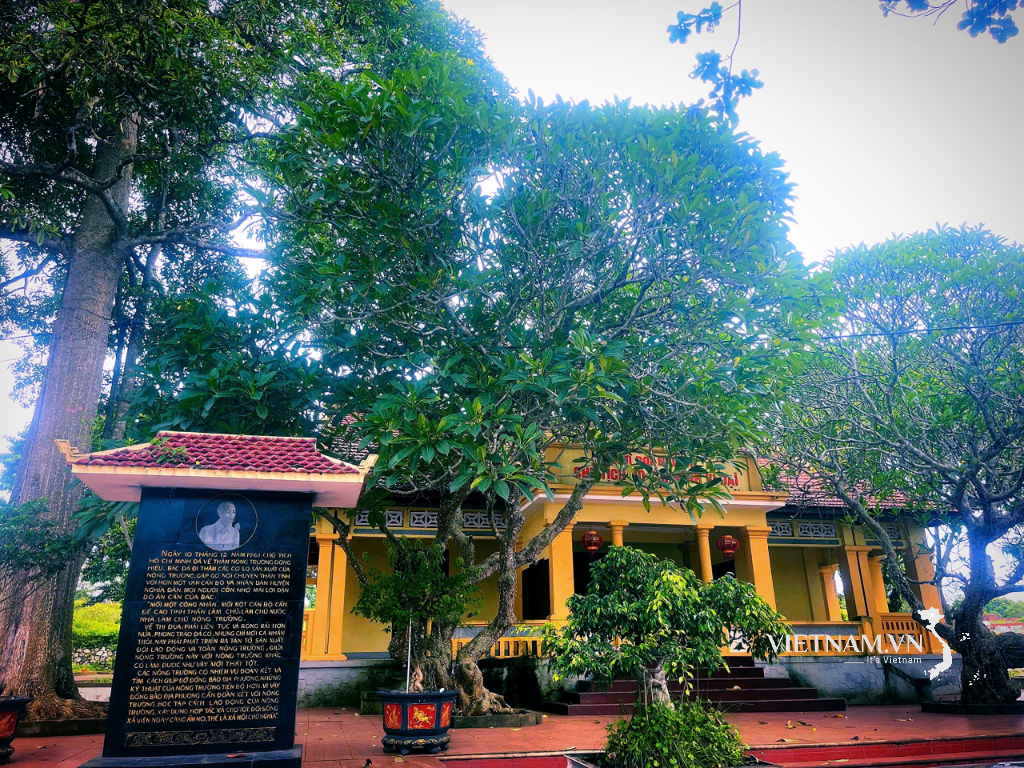
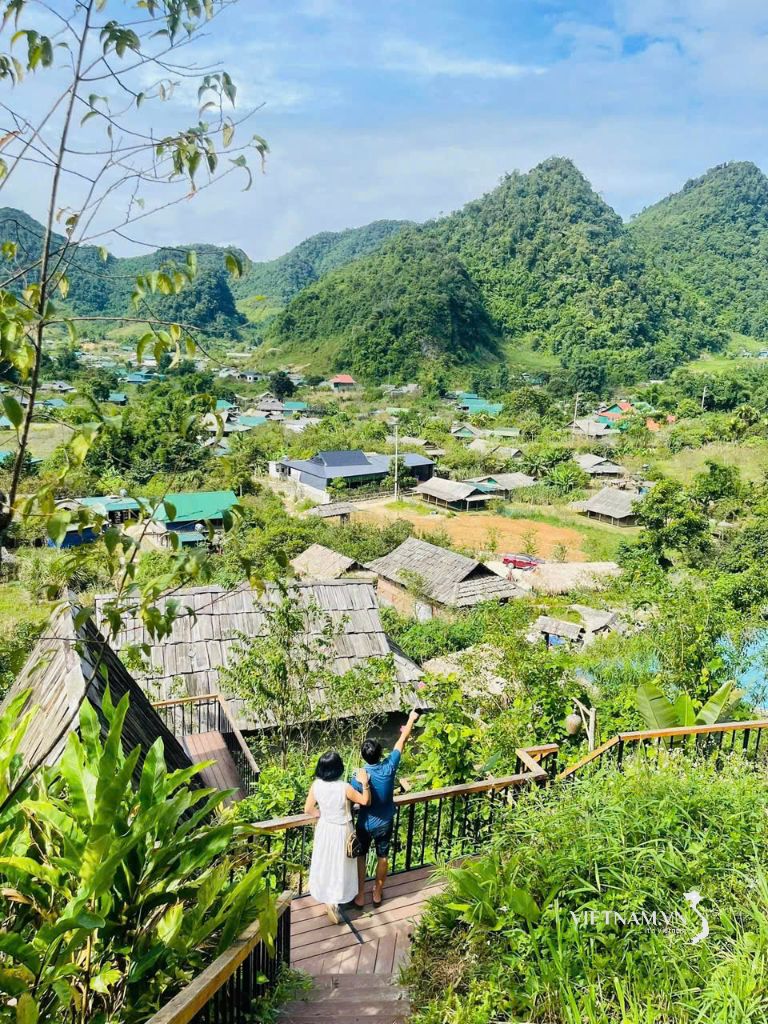
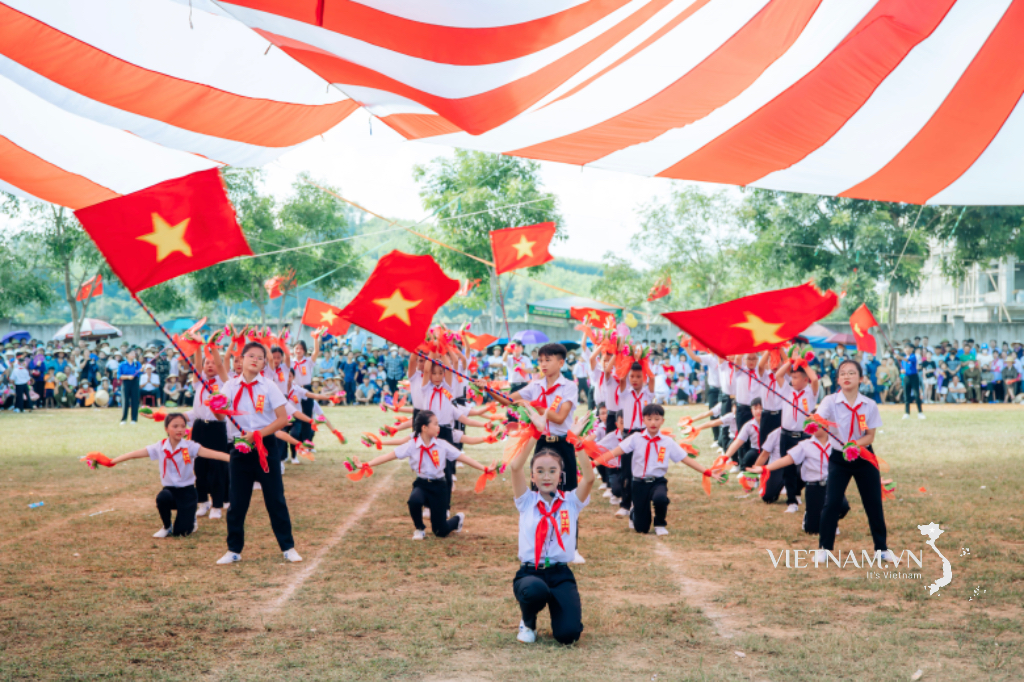
Comment (0)